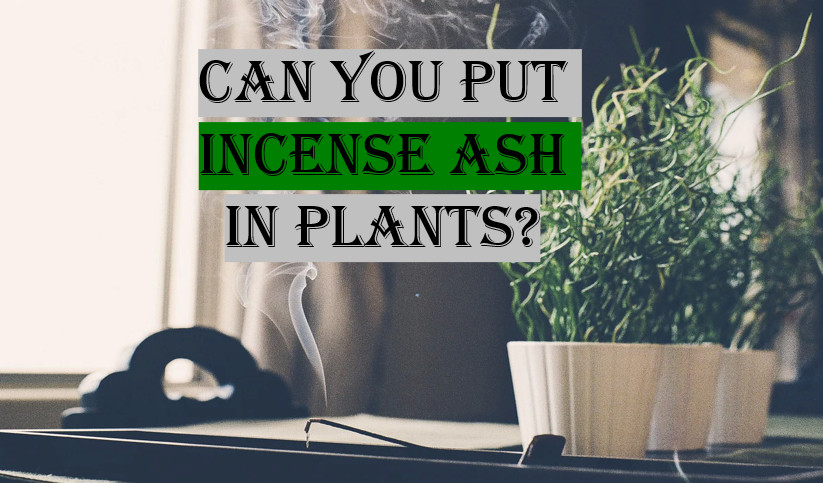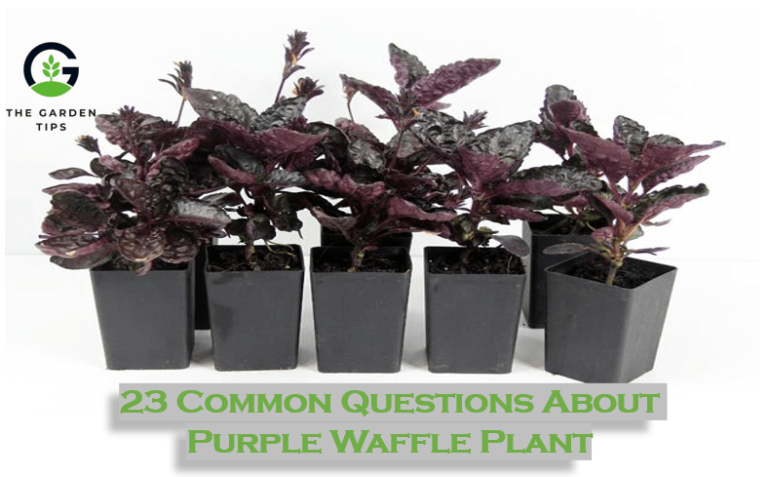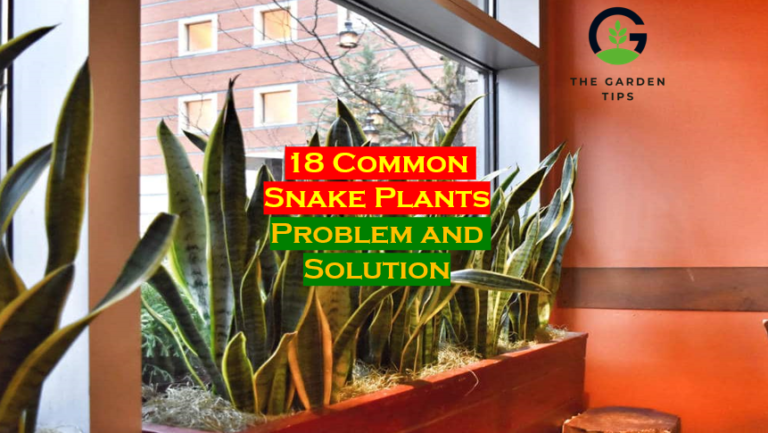Yes. You can. Plants play a crucial role in our ecosystem and have positively impacted our mental and physical health. Proper care and nutrition are essential for the growth and well-being of plants. One of the ways to provide nutrition to plants is through the use of fertilizers. While chemical fertilizers are widely available, some people prefer using organic alternatives. In this context, the use of incense ash as a plant fertilizer has been a topic of discussion.

Nutrition is a critical aspect of plant growth, health, and survival. A nutrient-rich soil condition will allow plants to absorb and flourish swiftly. With accessible fertilizer, you may fertilize the soil to make it more nutrient-rich. Furthermore, many gardeners utilize natural organic fertilizers such as leaves, incense ashes, and mosses.
Bamboo, a blend of wood pulp or charcoal powder, essential oils or artificial aromas, and glue or resin to bind the materials together are the major elements used to manufacture incense ash.
Why Incense Ash is Not Suitable for Plants
- Incense ash is not recommended for use as a fertilizer for plants.
- The ash contains various chemicals from the combustion process of incense sticks that may be harmful to plants.
- Incense ash may contain heavy metals and other toxic substances that could harm the plant and the environment.
How Incense Ash Affects the Plant and Soil
Incense ash results from burning incense sticks, and many ask if they may utilize it in their plants. Yes, incense ash may be used in plants, but it’s necessary to understand how it affects the soil and what to think about before using it.
In incense ash, minerals such as potassium, calcium, and magnesium are found in minute concentrations. These minerals can be useful to plants and enhance soil fertility in modest amounts. However, it is crucial to remember that incense ash contains additional elements that may be harmful to plants, such as charcoal and synthetic perfumes.
How to use Incense ash in your plant
Before applying incense ash to your plants, ensure it’s cold and free of hot embers, as this might cause a fire. It is advised that you mix the ash with soil before applying it to your plants to ensure that the ash is evenly distributed and does not change the pH levels of the soil.
It’s also crucial to consider how frequently you apply incense ash to your plants. Incense ash has a lot of minerals, but it also has a lot of salts, which can be damaging to plants if they accumulate in the soil over time. As a result, it’s best to use incense ash sparingly and just as a supplement to your usual soil and compost.
Alternatives to Incense Ash
- Organic Compost
- Chemical Fertilizers
Final Words
To summarise, incense ash can be utilized in plants, but the type of incense smoked and the amount given to the soil must be considered. It would help if you mixed incense ash with soil or compost before applying it to your plants and only use minimal amounts. It’s also important to consider the influence of the ash’s minerals and salts on the soil’s pH and to check your plants for symptoms of stress or injury.







